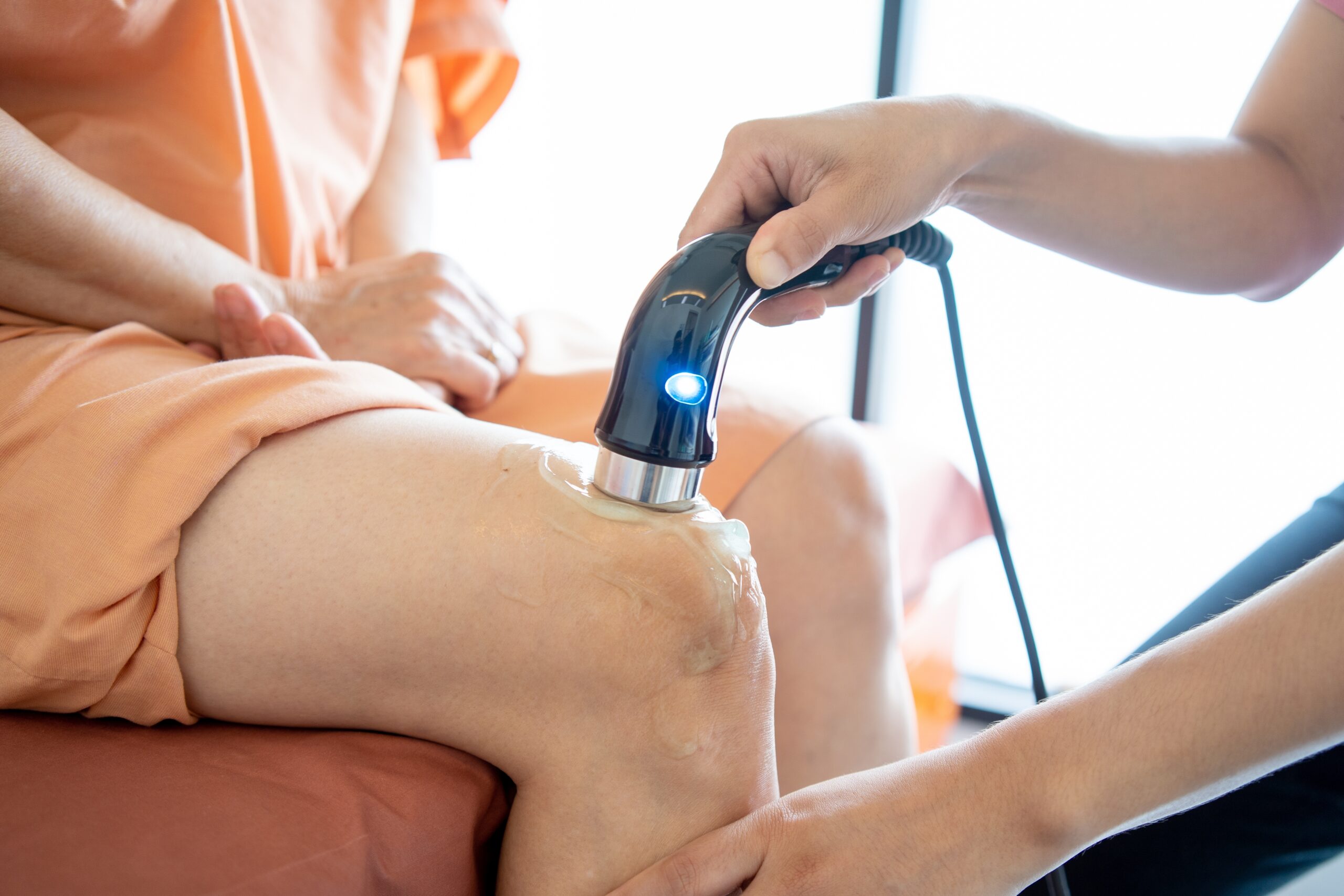Sports injuries are a common occurrence among athletes of all levels, ranging
from minor strains and sprains to more serious fractures and ligament tears.
While proper diagnosis and treatment are essential for recovery, the use of
Durable Medical Equipment (DME) can also play a significant role in the
rehabilitation process. In this blog post, we’ll explore how DME can aid in the
recovery and rehabilitation of sports injuries, helping athletes get back on their
feet and back in the game.
Support and Stability
One of the primary benefits of DME in sports injury rehabilitation is its ability to
provide support and stability to injured joints and muscles. Devices such as
braces, splints, and supports can help immobilize injured areas, reduce
swelling, and prevent further damage during the early stages of recovery. For
example, a knee brace can provide stability and support to a sprained or
injured knee, allowing the athlete to continue moving safely while protecting
the injured joint.
Pain Relief and Comfort
Sports injuries often come with pain and discomfort, which can hinder the
recovery process and impact an athlete’s ability to participate in training and
competition. DME solutions such as cold therapy devices, compression
wraps, and TENS units can help alleviate pain and promote comfort during
rehabilitation. Cold therapy devices, for instance, can reduce inflammation
and numb sore muscles, providing relief from pain and discomfort.
Facilitated Movement and Rehabilitation
DME can also facilitate movement and rehabilitation by providing targeted
support and assistance to injured areas. Devices such as crutches, walkers,
and mobility scooters allow athletes to maintain mobility while protecting
injured limbs and joints. Additionally, devices like resistance bands and
balance boards can be used to strengthen muscles, improve range of motion,
and enhance proprioception during the rehabilitation process.
Protection and Injury Prevention
In addition to aiding in recovery, DME can also play a role in injury prevention
for athletes. Protective gear such as helmets, mouthguards, and padding can
help reduce the risk of injury during sports activities by absorbing impact
forces and providing cushioning to vulnerable areas. Custom-fitted orthotics
and shoe inserts can also help correct biomechanical imbalances and reduce
the risk of overuse injuries such as shin splints and stress fractures.
Tailored Solutions for Individual Needs
One of the key advantages of DME is its ability to provide tailored solutions to
meet the individual needs of athletes. From custom-fitted braces and orthotics
to specialized rehabilitation equipment, DME solutions can be customized to
address the unique requirements of each athlete and their specific injury. This
personalized approach ensures that athletes receive the right support and
assistance to facilitate their recovery and return to sport safely.
Conclusion
DME plays a crucial role in the recovery and rehabilitation of sports injuries,
providing support, stability, pain relief, and protection to athletes during the
healing process. By incorporating DME into sports injury management plans,
athletes can expedite their recovery, minimize the risk of complications, and
optimize their performance upon returning to sport. With a diverse range of
DME solutions available, athletes and healthcare professionals can
collaborate to create tailored rehabilitation programs that support optimal
recovery and long-term athletic success.
Follow us on Instagram and Facebook to stay updated on our latest offerings and get insightful tips directly from our expert team. At Halo Health, we’re not just about providing products; we’re about enriching lives with innovation and care.







